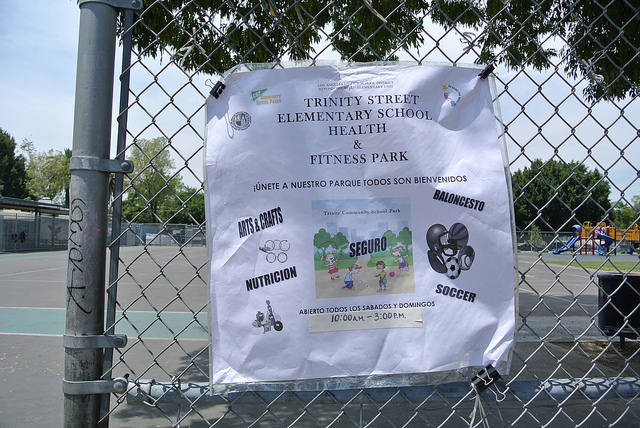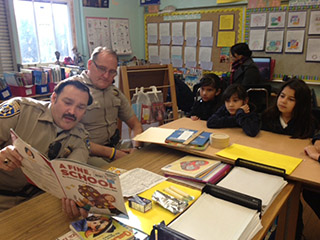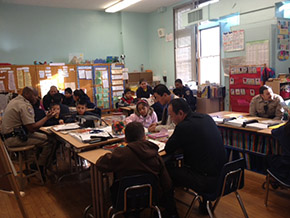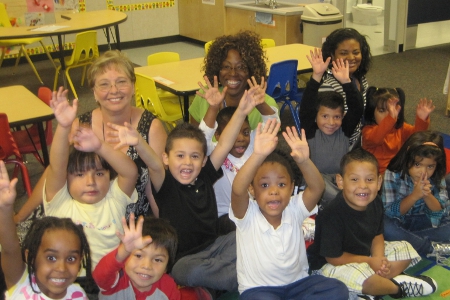
A sign advertises the weekend hours for the Trinity School park. View more photos on Flickr. | Joey Wong
As summer hits and schools close down in South L.A., where do the children play?
The area is low on parks, and parents are often too busy working to take kids to parks or other recreation areas. If the children have nowhere to go, they may resort to playing on the street or staying at home with video games.
Two organizations are working to provide another option. People for Parks and Beyond the Bell are partnering with schools to turn the playgrounds into “Community School Parks” open to children on the weekends and throughout summer. [Read more…]










 On the first Friday of every month, parents come to the school from 8:00-8:30am to read to the kids and encourage literacy, and they have instilled other events such as “Muffins with Moms,” to increase parental involvement.
On the first Friday of every month, parents come to the school from 8:00-8:30am to read to the kids and encourage literacy, and they have instilled other events such as “Muffins with Moms,” to increase parental involvement. The East Los Angeles Library was filled with parents, students, ECC and LAUSD representatives to hear about new attendance goals. The Education Coordinating Council is an organization devoted to improving education. Trish Ploehn, an ECC member, outlined their goals.
The East Los Angeles Library was filled with parents, students, ECC and LAUSD representatives to hear about new attendance goals. The Education Coordinating Council is an organization devoted to improving education. Trish Ploehn, an ECC member, outlined their goals.

 With more than 10 million residents, Los Angeles County is one of the most heavily populated counties in America. There are more than 155,000 four-year-old children living here, and yet only about 70,000 licensed preschool spaces are even accessible. Since about half of the children in this area are missing out on a preschool education and possibly starting elementary school behind their peers,
With more than 10 million residents, Los Angeles County is one of the most heavily populated counties in America. There are more than 155,000 four-year-old children living here, and yet only about 70,000 licensed preschool spaces are even accessible. Since about half of the children in this area are missing out on a preschool education and possibly starting elementary school behind their peers, 




